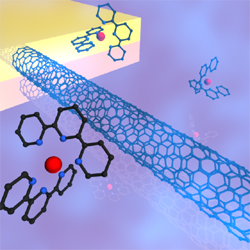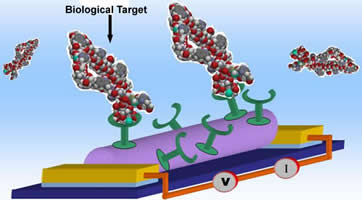History: 1904
Click on the dots on the timeline to jump to that date.



The use of performance enhancing drugs in competitive sports goes back over a hundred years. Thomas Hicks, the winner of the 1904 Olympic marathon, is dosed by his coach with a mixture of strychnine and brandy.

Anabolic steroids are introduced. Building muscle mass and increasing strength they quickly become popular among athletes.

The first instance of drug testing takes place in the 1964 Olympics, during a cycling team trial race. It is first conducted in a non-Olympic event in 1965 during the Tour of Britain Cycle Races. In 1967 the Olympic Committee institutes a ban on types of drug use and drug testing is formally incorporated into the Olympic Games in 1968.

The introduction of gas chromatography and mass spectrometry allow for the more accurate identification of drugs

The growth of drug testing technology increases after 1986. In this year President Reagan signs an executive order requiring federal employees to be drug free, which the Supreme Court supports four years later when it rules that these drug tests do not constitute an unreasonable search.

A defining moment for the public in terms of performance enhancing drugs takes place at the 1988 Summer Olympics in Seoul, South Korea. Ben Johnson, a sprinter, sets a world record for the 100 meter dash only to be stripped of his gold medal when he tests positive for steroid use.

The era of widespread nanotechnology research begins in the last decade of the twentieth century

Science researchers report on developing techniques to coat nanotubes with receptor groups that are sensitive to specific target molecules, along with ways to detect the electrical or optical changes that occur.

At the 2008 Beijing Olympics the World Anti Doping Agency and the International Olympic Committee perform 4,500 drug tests. They are saving the urine and blood samples for eight years so they can be retested when better detection methods are available.